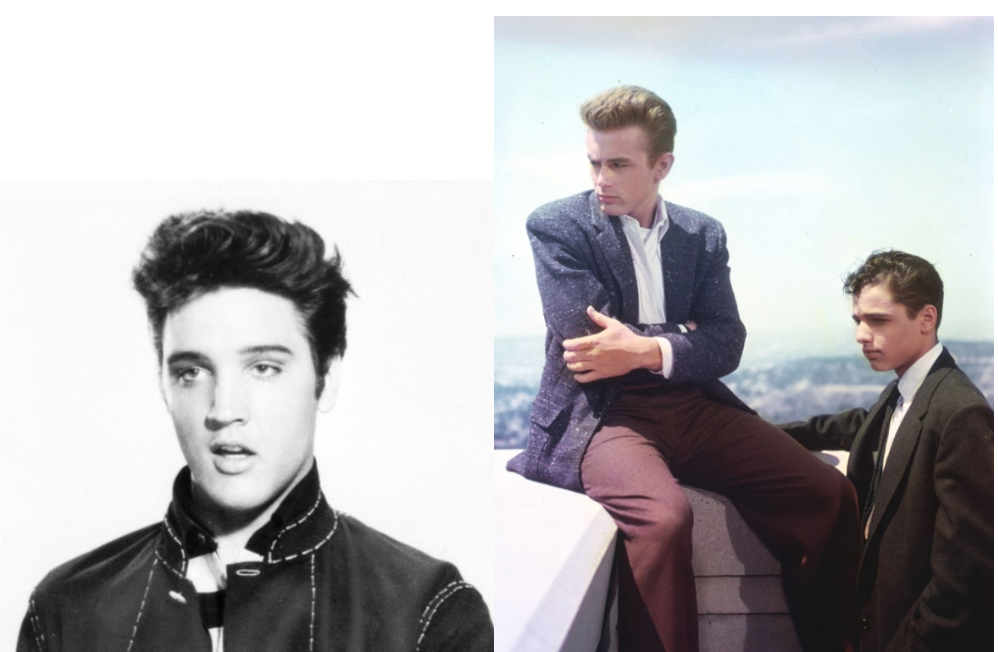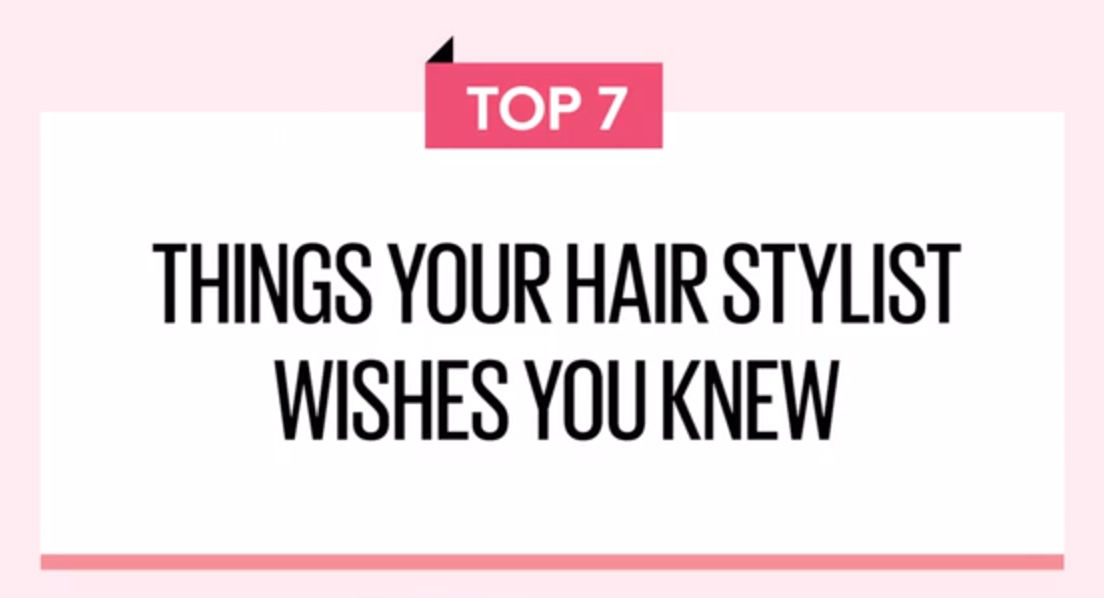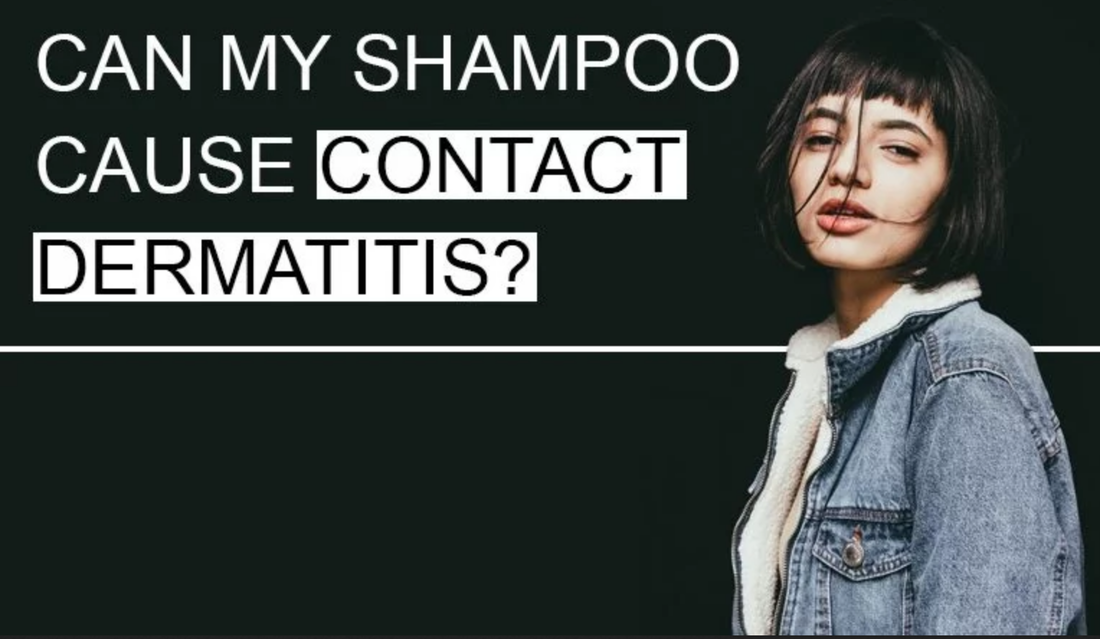|
It's clear that hair plays an important role in popular culture. Hair trends help to define each new generation and separate it from the one that came before. The 1950s saw drastic changes in hair styles as teenagers and young adults strove to break free of the previous, more conservative World War II era. Everything from rebelliousness to full-on glamour was embraced by movie stars and singers, and was reflected in new fashion and hair trends seen across the country. Scroll down to see our list of 9 of the most iconic hairstyles of the 1950s! 1. The Poodle Cut Made popular by actresses like Peggy Garner, Faye Emerson and Lucille Ball, the poodle cut was given its name due to the fact that the permed, tight curls closely resembled the curly hair of a poodle. 2. The Bouffant Perhaps one of the most prevalent styles of the 1950s, the bouffant, which would later give way to the amped-up, towering "beehive" style, involved dramatic volume, backcombing and ample use of hairspray. Stars like Connie Francis and Sophia Loren, who brought the "European bouffant" to the United States, were fans of the look. 3. The Pompadour Rebelliousness was celebrated by the younger generation of the 1950s, and nowhere was this so greatly reflected than in the widely-popular pompadour hairstyle. Stars like Elvis Presley, James Dean and Sal Mineo adopted the look - longer hair that was greased up on top and slicked down on the sides, earning wearers of the trend the fitting nickname, "Greasers." 4. The Pixie Though the pixie gained even greater momentum during the 1960s, Audrey Hepburn's closely-cropped hair in the popular film Roman Holiday began a trend of super short hair coupled with soft, wispy bangs that remains popular today. 5. Thick Fringe Short, full fringe began to grow in popularity during the 1950s, especially when paired with long, curly locks made to look natural. Pin-up model Bettie Page popularized the sultry look in her signature dark shade. 6. The Duck Tail Also known as the "DA," this popular 1950s men's hairstyle was named for its resemblance to the rear view of a duck, and is often considered a variation of the pompadour. Though the look was developed in 1940 by Joe Cerello, actor Tony Curtis is widely credited for reviving the style, which involved slicking the hair back, and then parting down the center from the crown to the nape of the neck. The top was then purposefully disarrayed, with long, untidy strands hanging down over the forehead. 7. Short & Curly Many actresses and female singers of the 1950s, including Elizabeth Taylor, Marilyn Monroe and Eartha Kitt, favored this shorter, slightly less voluminous version of the classic bouffant. Perfectly curled and coiffed hair was the signature of this look, though great care was taken to make hair appear to be naturally curly. 8. Ponytails Though the look was often seen on young girls and teenagers and commonly paired with poodle skirts, the ponytail began to become popular for women of all ages during the 1950s, as evidenced by singer Billie Holiday. 9. Sideburns Another men's hair trend that went hand in hand with the pompadour and a sense of rebelliousness was the sideburn. The look was seen on actor Marlon Brando in the film The Wild One, as well as on actor James Dean in Rebel Without a Cause, and soon made its way into mainstream culture. From BeautyLaunchPad
0 Comments
So, it’s time to change up your ‘do, huh? There are plenty of hairstyles to choose from these days. So many that it can be difficult to make a decision as to what to go for. If you haven’t been captivated by the spell of the Jon Snow inspired long hair movement, you can’t go too wrong with the tried and trusted fade or taper hairstyle. Fades and tapers are all the rage these days—and they have been for eons. Both the fade and taper hairstyles provide a clean, crisp look that looks great in both a casual or professional setting. This is arguably the best thing about these hairstyles. Their versatility. You can go from boardroom to bar and not look out of place. But did you know that there are subtle differences between the taper, fade, and taper fade haircuts? Taper vs Fade: The Quick Guide A taper is when your hair gradually changes from long to short from the top of your head down to your hairline. A taper only appears in two areas—your sideburns and your neckline. A fade is a shorter version of a taper. A fade appears all the way around your head, ends above your natural hairline, and gradually ‘fades’ into your skin. Fades and tapers are similar because they both reduce the length of your hair to form a gradient. They’re also both achieved by using a clipper, scissors, or often both. But they’re different because the gradient in a fade happens quicker and usually sits above your hairline. Here’s a great video which clearly explains the more technical differences between a taper and a fade: What is a Taper Haircut? As mentioned above, the process of tapering hair involves reducing its length in a manner that forms a gradient. The gradient starts with longer hair at the top and leads into short hair closer to the hairline. Tapering is used in the majority of men’s haircuts to some degree, particularly near the base. This is where the haircut ends near the hairline. Tapering allows for easy management and symmetry of different hairstyles. A true ‘taper’ leaves quite a fair amount of hair at the top of the head. Typically it’s around two to four inches, but they can be longer. What is a Fade haircut? Like tapers, fades are also gradient haircuts. Fades are different than tapers because the hair at the start of the gradient is typically much shorter than that of a taper. There is a lot more attention to detail used in a fade. Like the name suggests, fade haircuts are supposed to give the impression of hair fading directly into the skin. Fades can be different lengths. “Low fades” end very close to the hairline, and “high fades” come to a stop quite a bit above the ears. Either way, the fade cut is supposed to blend the tone of the skin with the hair, giving the appearance of—well, a fade. Fades are meant to be accurate and smooth, whereas tapers can be a bit more artistic or casual. Fade cuts are also much more difficult to do at home because of this element of precision. What is a Taper Fade? The taper fade isn’t actually a style of hair. If you ask your barber for a taper fade, you’ll probably end up with a taper—unless you specify. Taper fade is just a term that many people use to lump together the fade and the taper hairstyles since they’re so similar. Technically (and somewhat confusingly), a taper is a form of fade, but a fade is not a form of taper. As mentioned, if you’re going for a taper, you should know what type of taper you want. If your barber isn’t clarifying if you want a low taper, a mid taper, or a high taper, they’re probably not communicating properly. The same applies if you’re requesting a fade haircut. Should You Get a Taper or a Fade? It’s up to you, of course. Both are extremely popular hairstyles that lay the perfect foundation for many more intricate hairstyles. You can add custom designs to your fades, such as having the fade end with triangles or ‘spikes.’ You can leave the top of your hair untouched and fade the sides. A bald fade tapers down from the top, leading to completely shaved sides and back of your head. While a faux hawk has long hair in the middle of the head, similar to a Mohawk, but it tapers into a fade on the sides and back. Conclusion Both tapers and fades are very versatile and can be worn in pretty much any social or work environment. Let’s be honest, if the military approves of the fade, you can be sure that most employers won’t have a problem with them. Tapers and fades are simple yet neat and provide the perfect base for more daring and intricate hairstyles. They also demonstrate that you’re a man who puts effort into your appearance. Click on the article at The Adult Man for photos of the different haircuts
The Science Behind Thinning Hair, |
Hair by BrianMy name is Brian and I help people confidently take on the world. CategoriesAll Advice Announcement Awards Balayage Barbering Beach Waves Beauty News Book Now Brazilian Treatment Clients Cool Facts COVID 19 Health COVID 19 Update Curlies EGift Card Films Follically Challenged Gossip Grooming Hair Care Haircolor Haircut Hair Facts Hair History Hair Loss Hair Styling Hair Tips Hair Tools Health Health And Safety Healthy Hair Highlights Holidays Humor Mens Hair Men's Long Hair Newsletter Ombre Policies Procedures Press Release Previous Blog Privacy Policy Product Knowledge Product Reviews Promotions Read Your Labels Recommendations Reviews Scalp Health Science Services Smoothing Treatments Social Media Summer Hair Tips Textured Hair Thinning Hair Travel Tips Trending Wellness Womens Hair Archives
April 2025
|
|
Hey...
Your Mom Called! Book today! |
Sunday: 11am-5pm
Monday: 11am-6pm Tuesday: 10am - 6pm Wednesday: 10am - 6pm Thursday: By Appointment Friday: By Appointment Saturday: By Appointment |

















 RSS Feed
RSS Feed